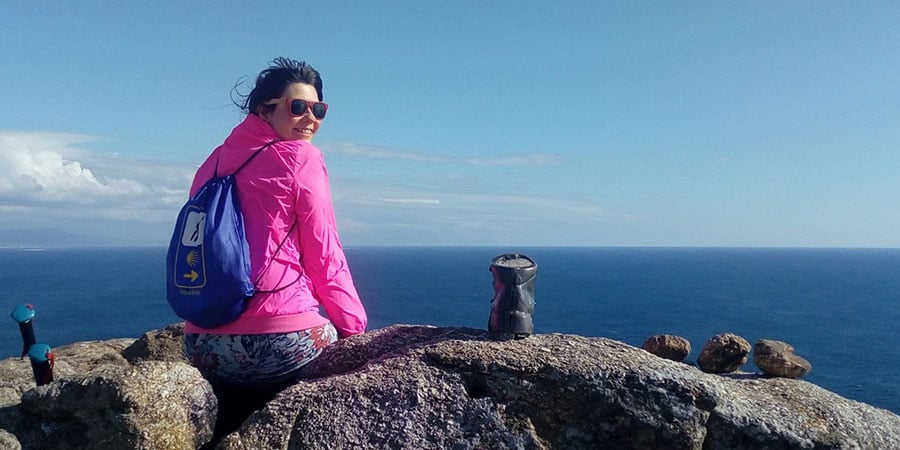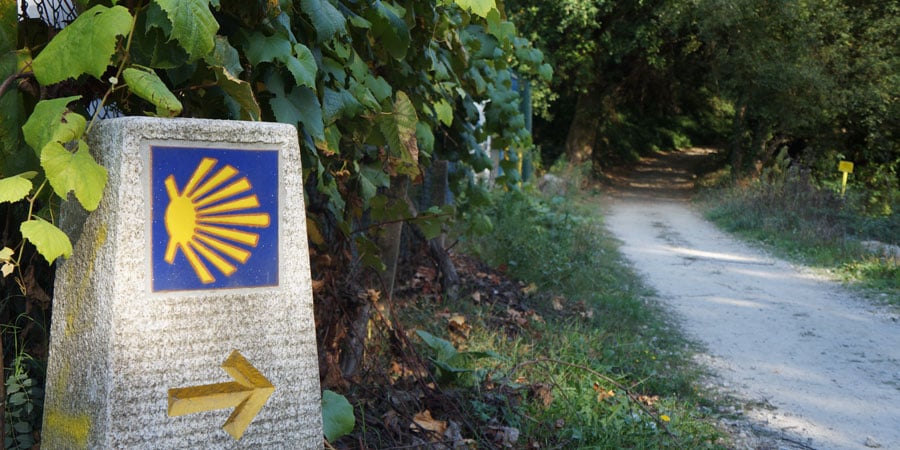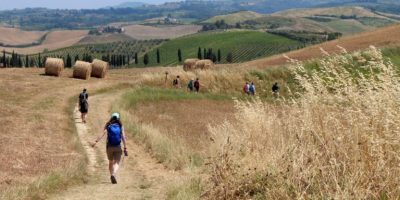The Camino de Santiago routes are everyone’s heritage, and they should be preserved and looked after by us all, pilgrims, visitors and locals alike. Writing graffiti, leaving personal mementoes along the trails, and many other customs that might seem harmless are, in fact, damaging this precious heritage.
At Camino Ways we have put together some simple Camino tips to help responsible pilgrims:
Waste not…
While on the Camino or any other walking trail, always dispose of your rubbish in appropriate places, such as bins if you are in a town or city. We recommend packing a small paper bag in your day backpack so you can carry a litter to the next stop. For instance, if you are in the middle of a forest, chances are you won’t have bins available. In that case, keep your food wrappings and other waste until the next town, where you will be able to dispose of it. Many towns might even have recycling facilities so you can separate your plastic from paper or organic waste.
We recommend taking a reusable water bottle instead of buying bottled water every day, this will allow you to reduce the number of single-use plastics during your trip. Water bottles can be easily refilled in the drinking fountains available along some trails or at your hotel.
Try to keep your waste to a minimum, purchasing snacks with less or no wrapping, for example.
Leave (and take!) only memories.
While most walkers and Camino pilgrims might be conscious and respectful to the environment during their trip, many might be littering in other more ‘innocent’ ways: something as familiar as leaving a picture or written note by a milestone, for instance.
In many places along the way, such as Cruz de Ferro and Camino markers, pilgrims have traditionally left little mementoes to remember their loved ones. While it might be tempting to write a note on a piece and no matter how well-meaning you might be, anything that is not organic, such as pebbles (traditionally used in cairns, for instance), will all just end up littering the trail at the end of the day.
The same goes for tying shoes or ribbons on trees or propping them on top of the Camino milestones.
Graffiti
Another common occurrence on the trail is graffiti, stickers and name carvings on signs, milestones and other public spaces such as benches. Signs are placed by local authorities and maintained to help pilgrims on their way, therefore should be respected. What for one pilgrim might be an innocent mark, will be damaging Camino markings for future pilgrims.
The burning question
Cape Fisterra marks the very end of their Camino journey for many pilgrims, and certain customs have developed around it. Traditionally pilgrims would burn their clothes by the sea (the end of the world), and many pilgrims still today leave their walking shoes by the Cape or even burn them. However, this is not a very respectful practice, and the local authorities indeed ban it.
While we might feel comfortable in the symbolic act of disposing of our walking gear to finish our journey, as responsible pilgrims, we should think of the consequences: leaving walking shoes at the Cape is just littering and burning clothes could be a fire hazard or even turn into an ecological disaster if the fire spreads.
Why not dip in the ocean to mark your journey’s end? There are lovely beaches to go to for a swim in Fisterra.
At CaminoWays.com, we are proud of our responsible travel and ‘leave no trace policy, and we’d like to encourage all our clients and all pilgrims to enjoy the Camino responsibly.
For more information about our Camino routes or to book your Camino de Santiago trip with us, contact our travel specialists





